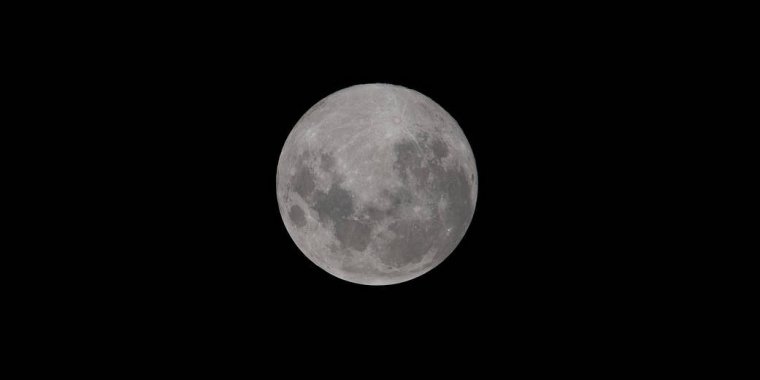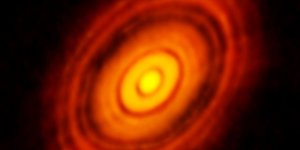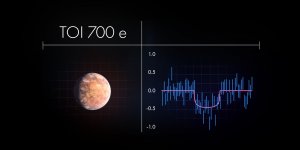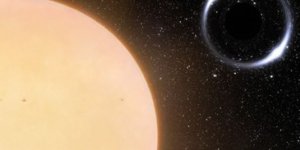| News / Space News |
Space Organizations Want Moon to Have Its Own Time Zone
Space agencies and private companies around the world have been scheduling their own lunar missions to take place over the coming years, and it will be quite complicated having to coordinate with each other when they use different time zones.

The Moon is pictured the day before its Full Moon phase from the International Space Station. Photo: Mark Garcia/NASA
During a meeting at the European Space Agency's ESTEC technology center in the Netherlands last year, space organizations talked about the "importance and urgency of defining a common lunar reference time." In a new announcement, ESA navigation system engineer Pietro Giordano said a "joint international effort is now being launched towards achieving this."
At the moment, different space organizations still use their own time zones for their onboard chronometers and their two-way communications systems.
The ESA said doing so "will not be sustainable" in the new era of lunar exploration. Missions from different countries will be doing joint observations, and they may have to communicate with each other even if they're not directly working together if they're on the moon at the same time.
Deciding on and keeping lunar time won't be easy, though, and they will come with a unique set of challenges.
As the ESA notes, "accurate navigation demands rigorous timekeeping," which is why one of the topics the international group of space organizations will have to discuss is if there should be a single organization responsible for maintaining the moon's time zone.
Further, they'll have to decide whether to keep lunar time synchronized with Earth's or not, because clocks on the moon run faster based on the satellite's position.
While they have a lot of factors to consider, whatever they come up with will have to practical for astronauts orbiting or stepping on the lunar surface in the end.
Bernhard Hufenbach, a member of the ESA's Directorate of Human and Robotic Exploration's Moonlight Management Team, said: "This will be quite a challenge on a planetary surface where in the equatorial region each day is 29.5 days long, including freezing fortnight-long lunar nights, with the whole of Earth just a small blue circle in the dark sky. But having established a working time system for the moon, we can go on to do the same for other planetary destinations." (Tasnim News Agency)
YOU MAY ALSO LIKE





